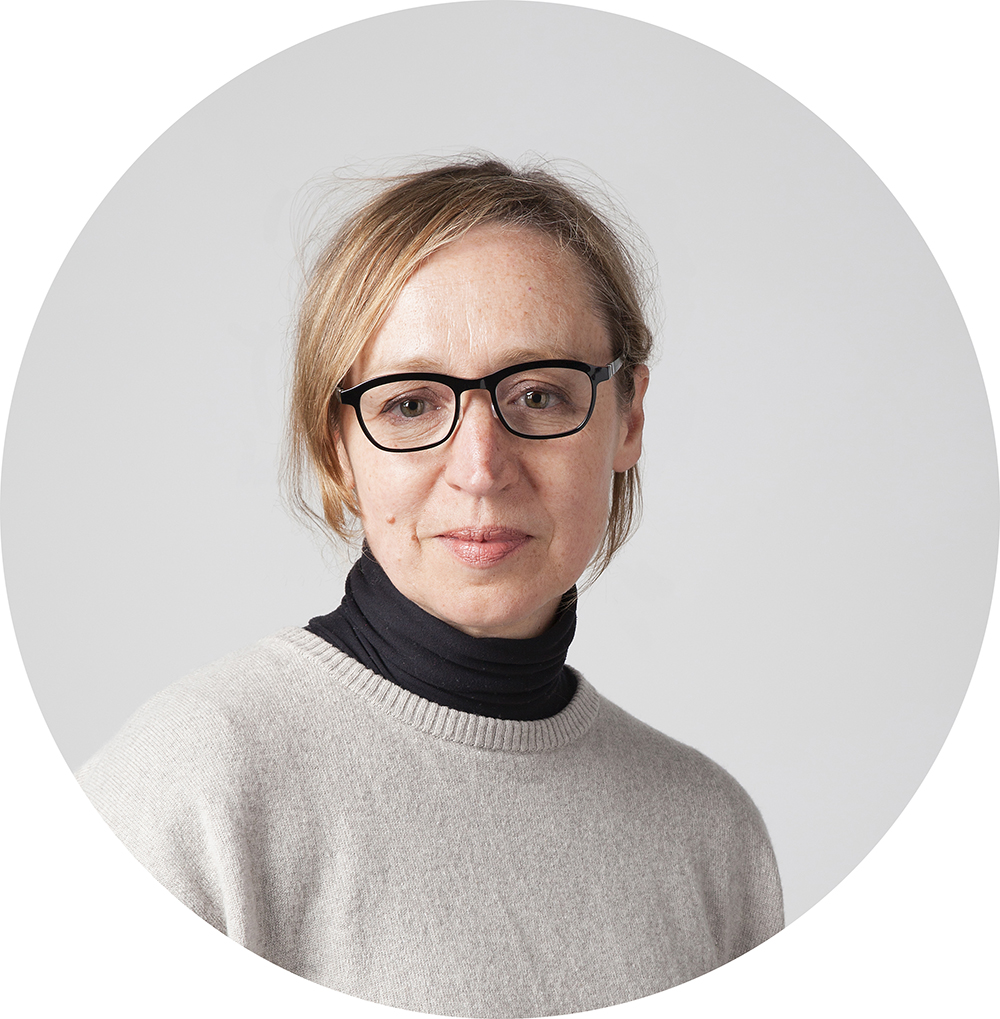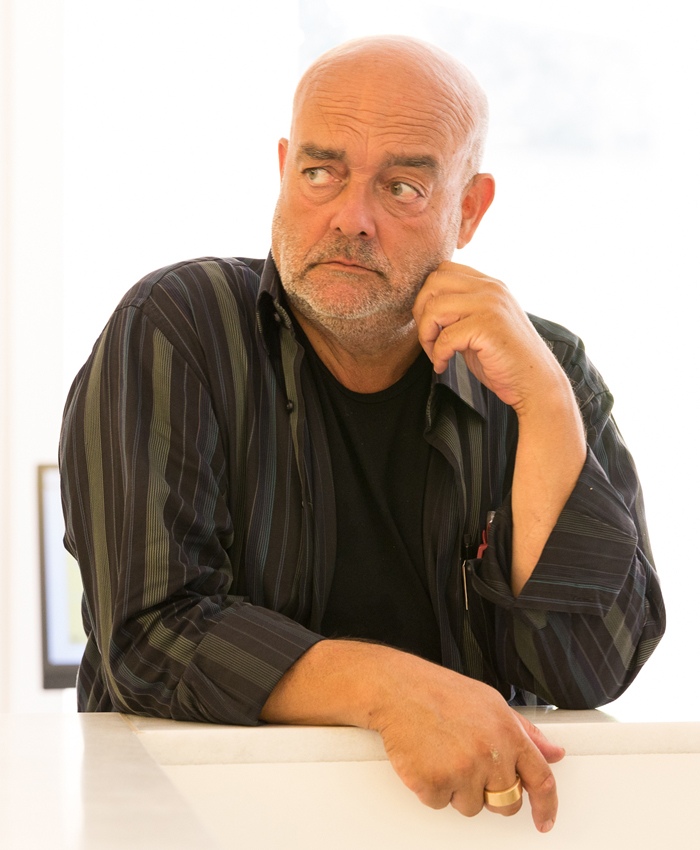At the origin of MIEC is a proposal made in 1990 by sculptor Alberto Carneiro to the municipality of Santo Tirso to hold a series of public sculpture symposia.
As a museological institution, MIEC intends to be a space for dialogue and confrontation of various contemporary artistic currents and, more importantly, for dissemination and debate of public sculpture. It was conceived to be a privileged place for reflection and a hub for innovative projects, taking advantage of the singularity of its nature and the unique relationship that the pieces that make up its collection establish with the space they occupy, assuming itself as a plural space of a strong interaction between citizens and art.
The Museum is defined by the urban perimeter, allowing an autonomous visit that strengthens the relationship between the pieces and their surroundings. Currently with 57 sculptures, MIEC is organized into six main centers – Parque D. Maria II and adjacent gardens; Praça do Município; Carvalhais Park; Praça Camilo Castelo Branco; Sara Moreira Urban Park; Gião Urban Park.
;)
;)
;)
;)
;)
Artists
Alberto Carneiro
Alberto Carneiro (S. Mamede do Coronado, Trofa 1937 – Porto, 2017) studied, between 1947 and 1958, the technologies of wood, stone and ivory at the religious art ateliers of his hometown, an initial experience that marked his subsequent artistic work. He studied Sculpture at the School of Fine Arts of Porto (1961-1967) and attended the St Martin’s School of Art (1968-1970), in London, where he had direct contact with emerging artistic trends, namely conceptual art and land art, which had a great influence on his work.
Alberto Carneiro is considered a pioneer of conceptual art in Portugal and throughout his career he developed a unique relationship between art and nature. The use of raw natural materials, the use of photography as a mediator of the subject’s relationship with nature and the anthropological and aesthetic approach to natural landscape are some of the means through which Carneiro contributed to the renewal of Portuguese sculpture that took place from the mid 1960s onwards.
His work has been shown in numerous solo and group exhibitions in Portugal and other European countries, and the artist represented Portugal at the Paris (1969), Venice (1976) and São Paulo (1977) Biennales. His work Ser Árvore e Arte, 2000–02, is permanently installed at the Serralves Park, having been specifically conceived for that space.
Rui Sanches
Rui Sanches was born in Lisbon, Portugal, in 1954. He studied for three years at the Faculty of Medicine of the University of Lisbon, but dropped out in 1974 to join Ar.Co – Centro de Arte e Comunicação Visual, in Lisbon, where he enrolled in the painting and drawing ateliers. From 1977 to 1980, he studied at the Goldsmiths’ College, in London, where he completed the Bachelor of Arts degree and, from 1980 to 1982, with a grant from the Calouste Gulbenkian Foundation, he studied at the Yale University, USA, where he obtained the degree of Master of Fine Arts. During the 1980s, his work was marked by clear references to 17th-19th centuries sources in the history of art. Wood and its derivatives – plywood, wood shavings, etc. – are the sculptor’s materials of choice, sometimes combined with pipes, steel, or, starting in the 1990s, with glass or mirrors, for example. From the 1990s onwards, Rui Sanches detaches himself from the historical references, introduces modeled elements, hitherto absent, into his work, and explores a new constructive process – the stacking of flat shapes to form three-dimensional elements.

Fernanda Fragateiro
Fernanda Fragateiro was born in Montijo, Portugal, in 1962, and currently lives and works in Lisbon. Between 1978 and 1981 she studied at the António Arroio School of Decorative Arts, Lisbon, where she held her first exhibition, “Panoramas” (with António Campos Rosado), in 1981. From 1981 to 1982 she studied at AR.CO – Art and Communication Center in Lisbon, and from 1983 to 1987 she studied sculpture at the School of Fine Arts in the same city. Above all, her work is characterized by an interdisciplinary nature, where areas such as sculpture, installation, ceramics, architecture, design and illustration intersect and relate to each other and give rise to works that dialogue with the space in which they are inserted and with the spectator who is often summoned to a performative action that completes the work. In addition to Eu Quero [I Want], a work created for the 5th International Symposium on Contemporary Sculpture in Santo Tirso, in 1999, more recently her public projects include Desenho Suspenso [Suspended Drawing] at Parque Natural do Pisão, Cascais, 2011, or Concrete Poem, at Vila Nova da Barquinha, 2012.

Pedro Cabrita Reis
Pedro Cabrita Reis was born in 1956 in Lisbon, where he currently lives and works, having started the Painting course in 1973 at the School of Fine Arts in the same city. He had his first solo exhibition in 1981, and since then developed a complex work, characterized by the use of a variety of mediums, ranging from drawing and painting to sculpture and installation. Using simple and diverse materials, such as wood, glass, plaster, stone, plastic or metal, and sometimes domestic or everyday elements and objects, his works explore issues related to construction processes, architecture and memory, and are particularly sensitivity to the occupation of space, be it exhibition space or outdoor space (urban or landscape). He has participated in numerous solo and group exhibitions in important national and international museums and art centers.
José Barrias
José Barrias was born in 1944 in Lisbon, and from 1950 to 1967 he lived in Porto where he briefly attended the School of Fine Arts of Porto. He lived in Paris from 1967 to 1968 and settled permanently in Milan in 1968, where he currently lives and works. His complex work is organized into open thematic nuclei, which are related to each other like chapters of a book that is revealed through the images the artist produces. Working with different media – painting, drawing, sculpture, found objects, photography, written text, film – these are often combined in the same work, especially in the form of installations that occupy and adjust themselves to the exhibition space. Despite the variety of his work, most of his pieces have in common the fact that they are developed from a text, a story or an event in the artist’s life, and explore the concepts of trace and memory.